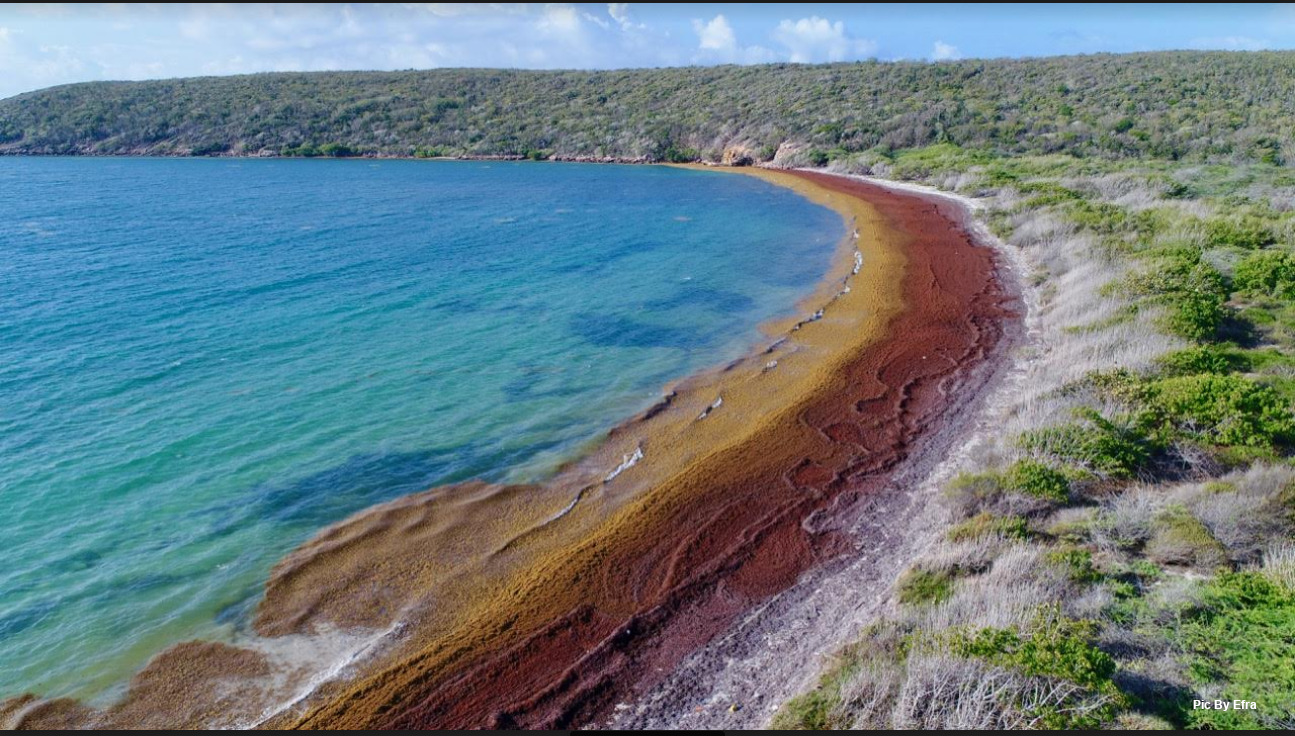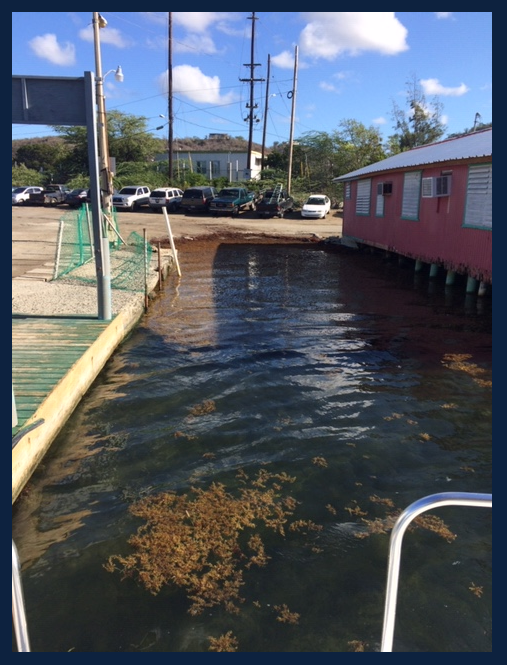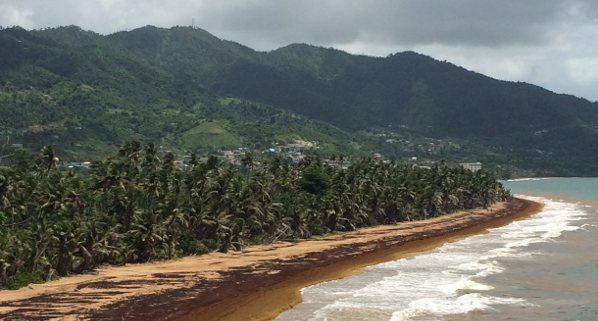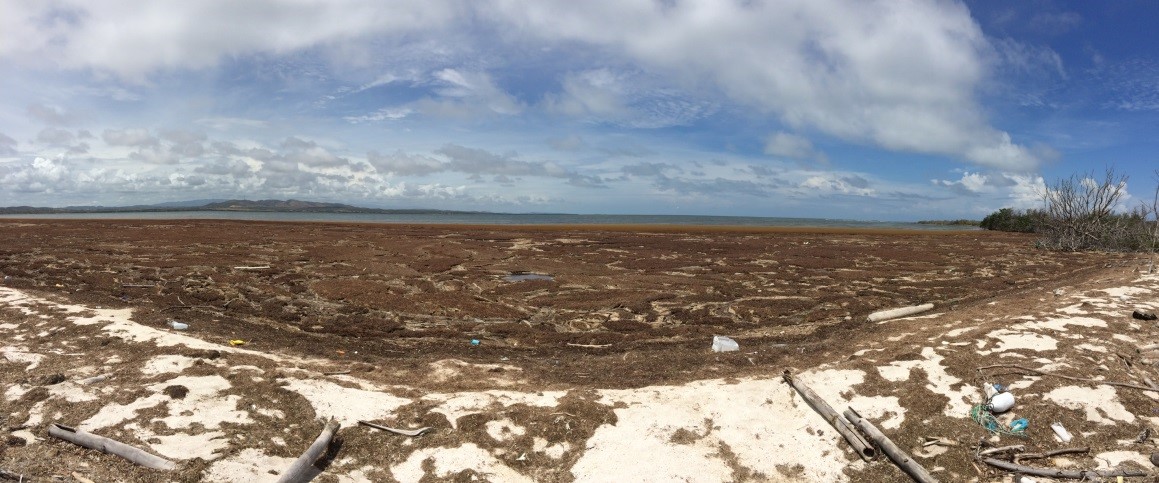Observation Technology
Sargassum has arrived!

Experimental Weekly Sargassum Inundation Report (SIR v1.2) By the National Oceanic and Atmospheric Administration (NOAA), and the University of South Florida (USF) – Status: June 30-July 6, 2020
Outlook of 2020 Sargassum blooms in the Caribbean Sea- June 30th, 2020, by University of South Florida Optical Oceanography Lab
Experimental Weekly Sargassum Inundation Report (SIR v1.2) By the National Oceanic and Atmospheric Administration (NOAA), and the University of South Florida (USF) – Status: Jun 16-22, 2020
SARGASSUM SUB-REGIONAL OUTLOOK BULLETIN – MAY 2020 VOL 1
Outlook of 2020 Sargassum blooms in the Caribbean Sea and Gulf of Mexico* April 30th, 2020, by University of South Florida Optical Oceanography Lab

Outlook of 2020 Sargassum blooms in the Caribbean Sea and Gulf of Mexico* – March 2020

Outlook of 2020 Sargassum blooms in the Caribbean Sea and Gulf of Mexico* February 29th, 2020, by University of South Florida Optical Oceanography Lab

Improving accessibility and visualization of Puerto Rico coral reef data




